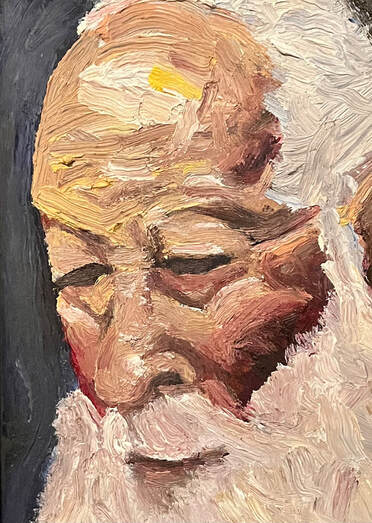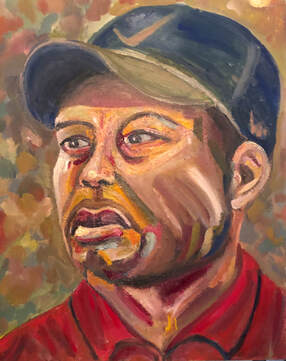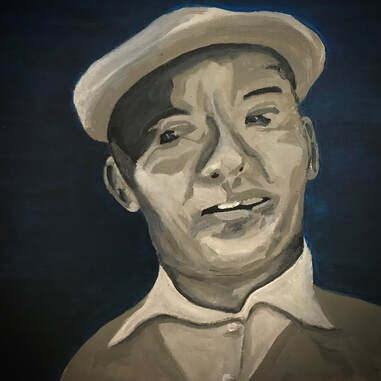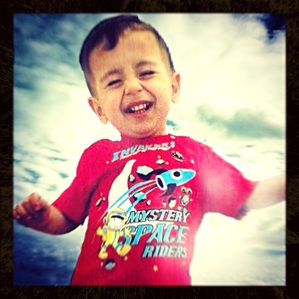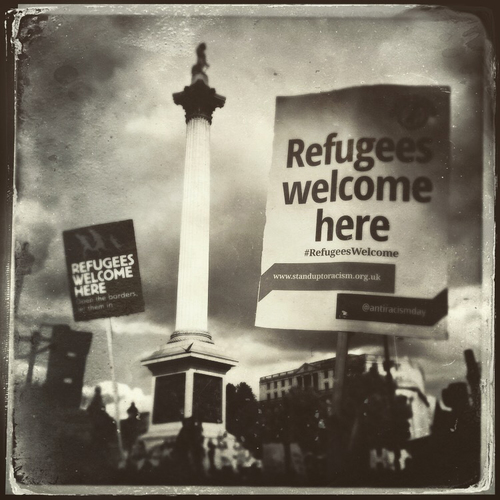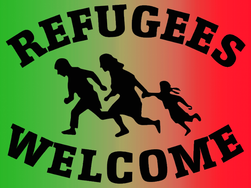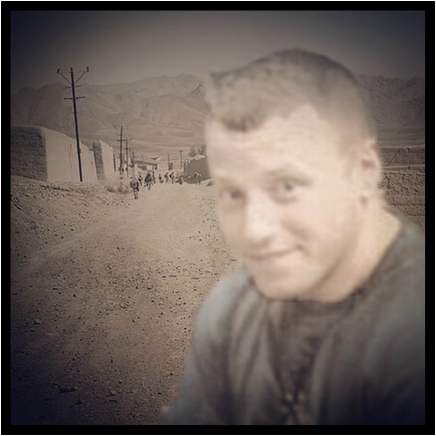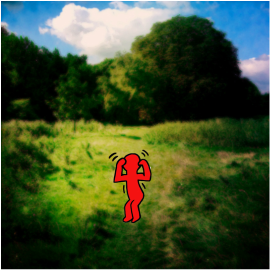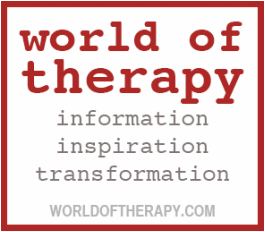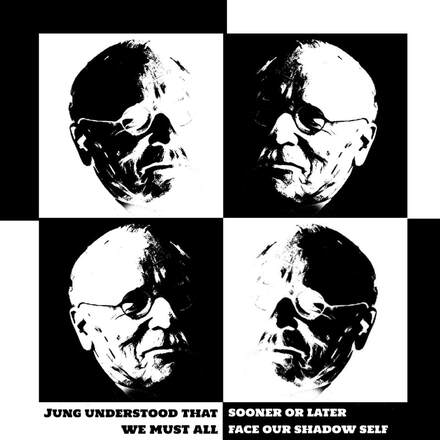
Are you kind to fellow humans—and all creatures great and small?
Do you support worthy charities, help those in need, and do good work?
Or do you have a dark side? Is there part of you that wants to lie and cheat and manipulate situations to your advantage? Are you interested in enriching yourself—even if that comes at a cost to others?
The answer is: All of the above. In the fine words of that great philosopher Paul McCartney: There is good and bad in everyone. Humans are capable of astonishing acts of courage and bravery, but under certain circumstances we might be utterly spineless, cruel, greedy or depraved. To deny these things in you—what Carl Jung called the shadow—is to project them unconsciously onto others.
“I’m a good person,” a client said. But all around her—her husband, her children, siblings, parents, neighbours, immigrants, foreigners—were bad. This construction of the world left her lonely and disengaged, holding on only to her sense of superiority. She came to therapy when it came crashing down.
“I’m the bad guy?” says Michael Douglas at the end of the movie Falling Down. Robert Duvall, the cop aiming his pistol at him on the Santa Monia Pier, nods.
“How’d that happen?”
A few weeks ago my therapist sent me a link to an extraordinary song that explores these themes. Hi Ren went live on YouTube on December 15 last year. When I first saw it, it had surpassed 5 million views. Today it’s reached 8.2 million and it's rising super fast. Word of mouth: This is the song of our time; a human anthem.
He starts playing the guitar.
It’s beautiful. An acoustic guitar. A pleasing melody. The incongruity of the surroundings. But he’s tugging at the nylon strings a bit hard. A bit twangy. Aggressive considering the sweet Flamenco notes that fill the room.
Then Ren opens his mouth and the melody is joined by a wail of wild, high-pitched half notes. It is otherworldly. It is perhaps something like the human mating call before we learned to speak, or the dawn chorus in Hades. We are drawn to this—we willingly enter his beautiful madness.
And then the rapping starts.
In his famous Red Book Jung attempts to commune with his own soul.
“ ‘My soul, where are you? Do you hear me?' he starts. 'I speak, I call you – are you
there?’ ”
In this piece of work, Ren opens with a salutation from his shadow to his ego.
“Hi there, Ren,” he hisses. “It's been a little while, did you miss me?”
This is the opening salvo in a blistering verbal assault from Ren’s inner critical voice.
Replies Ren:
“I’ve been taking some time to be distant,” he explains.
“I've been taking some time to be still.
“I've been taking some time to be by myself since my therapist told me I'm ill.
“And I've been making some progress lately,
“And I've learnt some new coping skills”
The critical voice is extremely skeptical:
“Ren, you sound more insane than I do,” he says.
He mocks Ren for imagining that some standard course of treatment—take another pill, the sound of white noise, a 10-step program—will make any difference, and ridicules his musical ambitions.
The argument hots up until the critical voice thunders his authority. He is the snake in Eden. Lucifer. Antichrist. Mephistopheles. Satan.
“I am you, Ren, you are me.”
Who is Ren actually, this Keats-with-guitar? Where did this guy come from? You could be excused for imagining he just picked up a guitar one day in a psych ward and discovered his madness instinctively knew how to play and had something to say.
Ren Gill was actually a talented musician in his youth. He started out making beats in his bedroom at 13, then went on to Bath Spa University to study music performance. One day in 2009, busking in his hometown of Brighton, he was spotted by a talent scout and snapped up by Sony Records.
The childhood dream swiftly turned into a nightmare however. Ren woke one morning feeling utterly lethargic, drained, and aching all over. He started having panic attacks. He’d stay in bed. He said: “My life changed overnight, I woke up one morning feeling like I'd been spiked—my personality disappeared.”
He entered the mental health system. He was put on antidepressants. Antipsychotics. It's not hard to imagine the kinds of interpretations psychology offered up for his illness—he was probably told for example that he was depressed, suffering from low self-esteem, bipolar, afraid of success, delusional, paranoid, mad. In some cultures he would be considered possessed, in need of an exorcism.
The truth, discovered many years later, was that he had a longstanding untreated case of Lyme disease, the complications of which still impact him today. Ren’s health problems were perhaps not manifestations of some inner psychic conflict. He was bitten by a tic.
He has struggled. But perhaps the struggle, the suffering, is integral to his genius.
In the final stanza, Ren refuses to back down, and stands to face his demon:
“I go by many names also,
“Some people know me as hope,
“Some people know me as the voice that you hear when you loosen the noose on the rope.”
I’ve watched Hi Ren countless times now, but this passage, this lone shriek in the cold, silent void of a long and desolate night, this absolute guttural refusal to quit, still reverberates. This is courage. And if you going to live, stand in the fire, sing at the top of your lungs! Ferocious, persistent, immortal!
The Hollywood movies might leave it there. The good guy narrowly defeats the bad guy, the evil forces are vanquished, and the credit roll as a beautiful melody transports us back to our lives.
Critical self
I have worked with many clients whose lives are made wretched by an invisible sargeant major who subjects them to a permanent harangue of negativity. It can come as quite a shock to discover that some of the nicest people are often subject to a totalitarian inner form of government—a brutal, relentless inner monologue that is with them 24 hours a day.
Perhaps it is an internalised strict parent, sibling, school bully, racist, sexist, homophobe, ableist. The child who is abused by a parent may conclude that love and abuse are indivisible. Lorna Smith Benjamin describes masochism as a gift of love to the original abuser.
Perhaps you experienced a traumatic event or time in your life, one that was so terrible it couldn’t be processed so was instead dissociated, divided up into images, sensations, stray thoughts and emotions. You bury these fragments in a deep hole at the far end of the garden, but to your great dismay they keep coming back. The past reverberates in the present. Time in itself does not necessarily heal.
I’ve also met people who might have had perfectly idyllic childhoods yet still berate themselves mercilessly for every bone-headed move, bad-hair day or dumb remark. Perhaps your critical voice starts out by alerting you to where you might have room for improvement, acting in your best interests, but over the years it can become domineering and disempowering.
Incidentally, if “the voice” is more than a thought or a feeling but is experienced as an actual, heard voice, some people might conclude that you must be mad, possessed and probably dangerous. And while such voices may point to the consideration of psychosis, it does not prove it. Many people hear voices at times for a variety of reasons.
Therapy might enable a client to develop a greater awareness and understanding of their inner critic. We might imagine it is an actual person—what age, gender? Remind you of anyone you know? The client might have a conversation with their critical voice. It can be useful to think of humans as being made up of multiple “selves,” lots of disparate strands in the tapestry. They all inhabit our being in a loose confederacy. And the client might find some other sentiments in this “community of selves” that can challenge and counter the inner bully.
The shadow
Sometimes, however, therapy attempts to go too far in expunging any negativity or nastiness. Jung argued we not born pure, but whole. We cannot edit ourselves to be merely good. We can never be untethered from our shadow. In Memories, dreams, reflections, Jung called the shadow—“everything that the subject refuses to acknowledge” about themselves (1995: 418).
Pure goodness becomes insipid. Heaven, with no shade, is no place for humans—a place, as David Byrne sung, where “nothing ever happens.”
Anyone who denies their inner propensity for evil as well as good will find that it manifests itself in unanticipated ways.
To make light—to live—is to cast a shadow. This is a chiaroscuro world.
Artists, poets, writers, musicians, comedians, people who bring light to the world, must also experience darkness.
And the shadow, by the way, doesn’t always have to be something bad. You might disavow your own brilliance, or talent, or potential for success. The more a person identifies with and invests in one polarity, the greater the opposite polarity grows in the shadow.
We don't like bad stuff. The child who has not yet learned to tolerate and accept anger will hand it off, screaming at the grown-up: “Why are so angry with me?"
Any emotions, beliefs or characteristics that don't fit with your carefully-crafted, social media-ready self-image are simply projected onto others. Your partner—that's the easiest place to start. Then there are family members—one sibling is often cast as "the bad one"—neighbours, that asshole at work, men, women, black people, white people, those people over there, others.
The targets for projection and scapegoating are plentiful. Twitter is a very shadowy place indeed.
Writes Robert A. Johnson in Owning your own shadow: “Probably the worst damage is done when parents lay their shadow on their children...If a parent lays his shadow on a young child, that splits the personality of the child and sets the ego-shadow warfare into motion." (1991: 34).
So how do you find your shadow? Ask yourself: Who do you judge? Your enemies, the people you dislike the most, have much to teach you. For they are you.
Projecting your shadow isn't just bad for others. It's bad for you too. Continues Johnson: “To refuse the dark side in one’s nature is to store up or accumulate the darkness; this is later expressed as a black mood, psychosomatic illness or unconsciously inspired accidents. We are presently dealing with the accumulation of a whole society that has worshipped its light side and refused the dark, and this residue appears as war, economic chaos, strikes, racial intolerance. The front page of any newspaper hurls the collective shadow at us. We must be whole whether we like it or not” (1991: 26).
You want world peace? To start with, stop pointing accusatory fingers every which way, and instead take a look inside.
If we can own our shadow we can develop some conscious control over it, rather than have it unconsciously express itself in disastrous ways. And if we can accept that we are all flawed, vulnerable, insignificant, ignorant, that life is hard but also beautiful, that not one person on this planet knows how or why we are here, then we can perhaps be more empathic, more forgiving, kinder. We can greet each other. The words “human” and “humility” come from the same root, the Latin word “humus,” meaning earth or ground. We are not celestial beings. We return to the earth. Ashes to ashes, dust to dust.
”No one can escape the dark side of life,” writes Johnson. ”The balance of dark and light is ultimately possible—and bearable” (1991: 15).
Let's dance
At the end of Hi Ren, this remarkable young man puts the guitar down, looks right into the camera and delivers a powerful soliloquy.
“It wasn't David versus Goliath,” he says, “it was a pendulum eternally swaying from the dark to the light. And the more intensely that the light shone, the darker the shadow it cast.
“It was never really a battle for me to win, it was an eternal dance, and like a dance, the more rigid I became, the harder it got. The more I cursed my clumsy footsteps, the more I struggled. And so I got older and I learned to relax, and I learned to soften, and that dance got easier. It is this eternal dance that separates human beings from angels, from demons, from gods. And I must not forget, we must not forget, that we are human beings.”

